“We want our museum to have more multimedia technologies and more interactivity” – our story of communication on a project often begins with such a request from a future customer. What lies behind this desire in reality? To become more popular? More interesting to a visitor? To attract youth? Let’s look at this query more broadly.
For an exhibitor, technological solutions in the museum are the same tool for delivering an object or a topic as light, shop windows, catwalks, and infographics. Today, these tools cannot exist separately, and they work only jointly combined into a common scenography concept of the project.
Why did the attitude to designing exhibitions (a rather traditional area of human activity) change in the 21st century? The value of information as such in the museum has become much lower in the ubiquitous appearance of the mobile Internet. At the same time, the value of interpretation and mediation increased, when a museum becomes a guide in the world of a huge amount of available information and brings to a visitor a story that the visitor trusts. In parallel, many social processes happen that also affect the creation of museum exhibitions – an increase in the number of individual visitors (as opposed to visiting within excursion groups), increased competition for leisure activities (mainly in large cities), and museums’ tendency for openness and popularization.

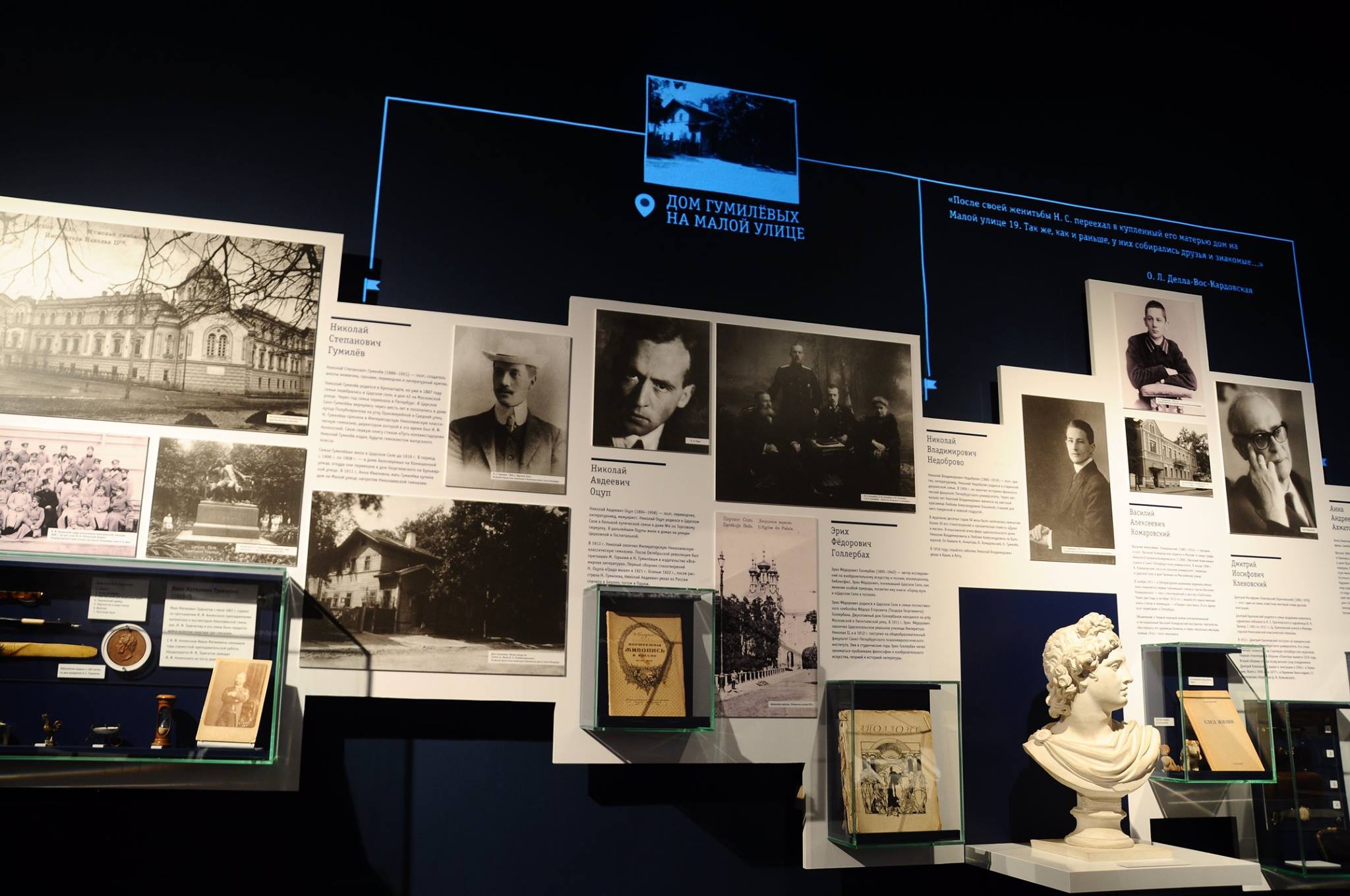
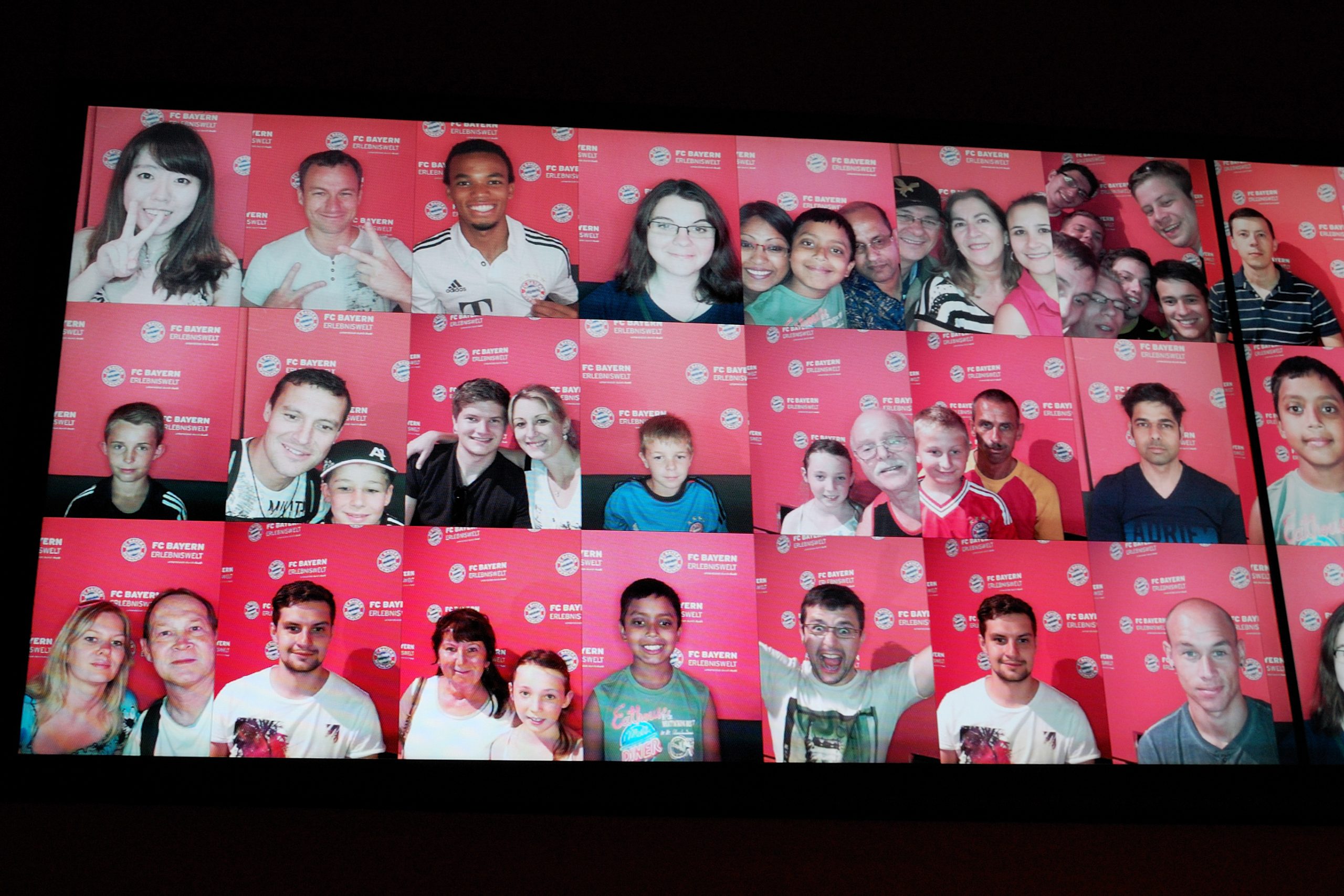
The wording “designing multimedia solutions in the exhibition” often means a broader view of designing a visitor’s emotional and spatial experience. Technologies are capable of enhancing this experience in reality if you do not perceive them only as “touch screens”. Compound transmedia installations – solutions at the junction of the physical and digital worlds – create a context around the object, allow you to dive into additional layers of information, transmit images and narratives embedded in the museum concept, adapt to different audiences, even able to control a visitor’s general physical and mental state.
Such solutions are used in creating an exhibition among the many technological tools as follows: video mapping, cards with mark recognition, interactive projection walls, individual and sector-specific acoustical systems, multimedia layouts, display windows with built-in electronic labels, mobile information terminals and so on. Let’s bear in mind that the “non-multimedia interactivity”, such as retractable systems, opening modules, kinetic manipulators, when used correctly, can capture the attention of a modern visitor, no less than digital solutions.
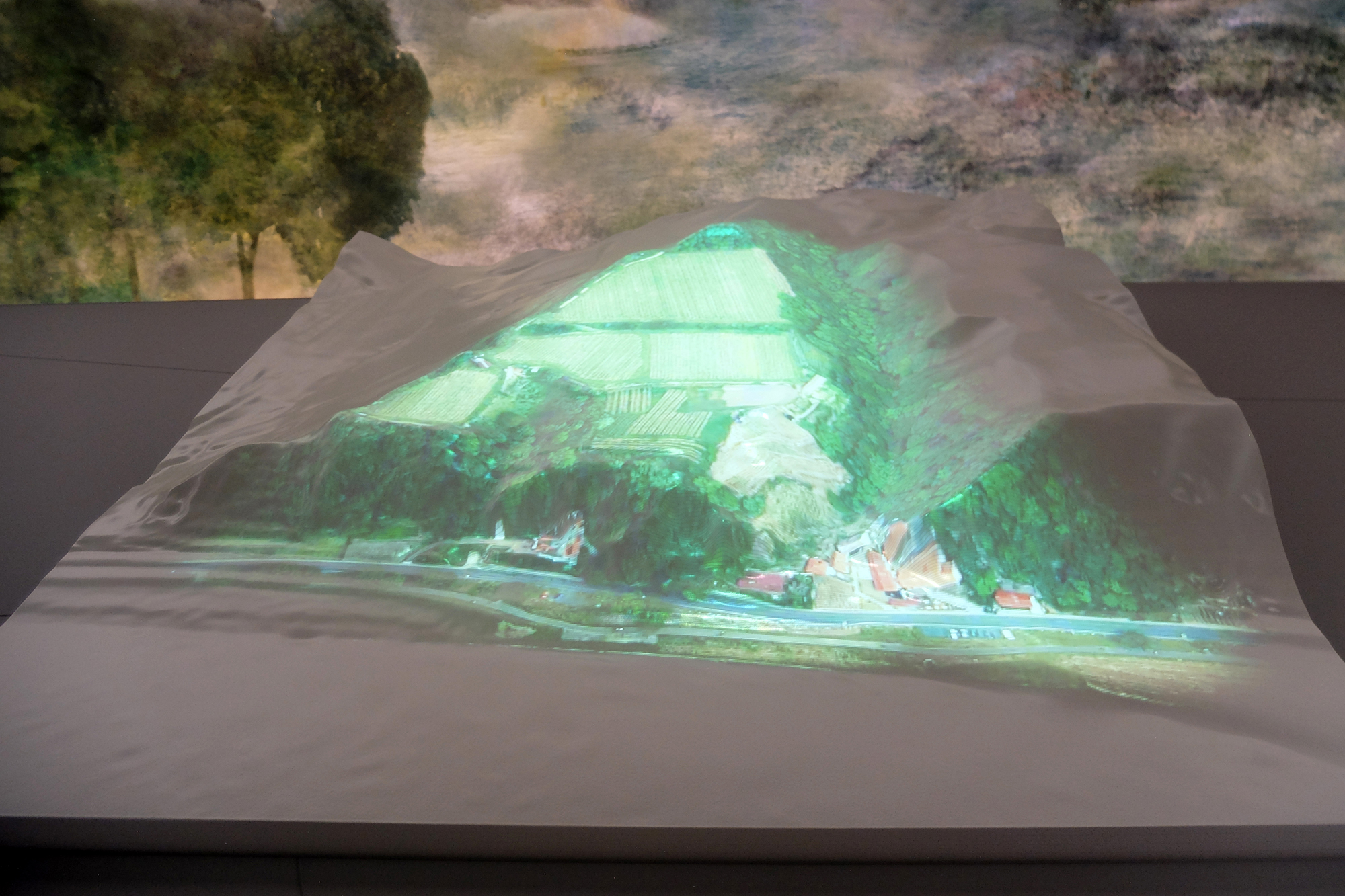
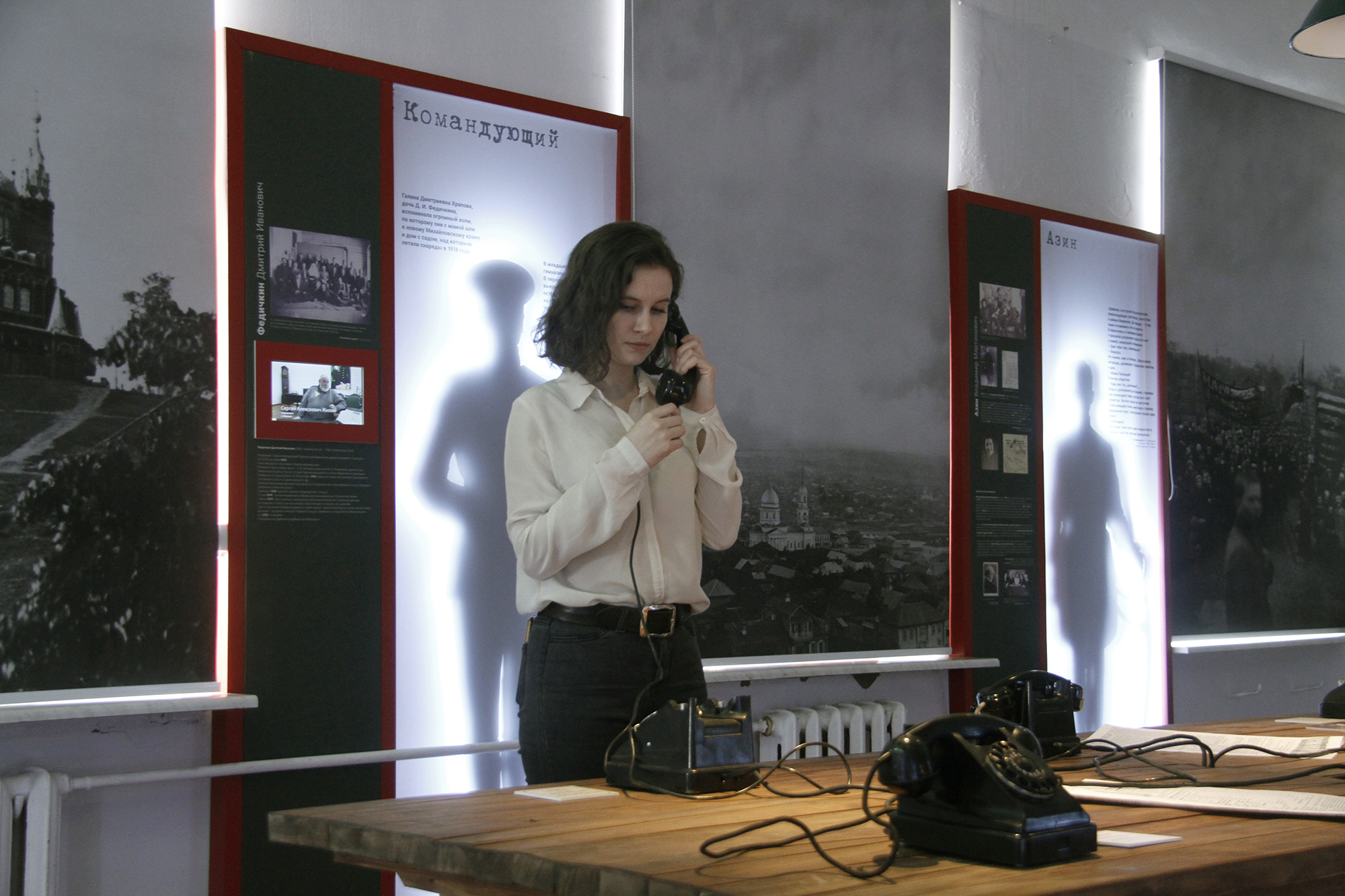
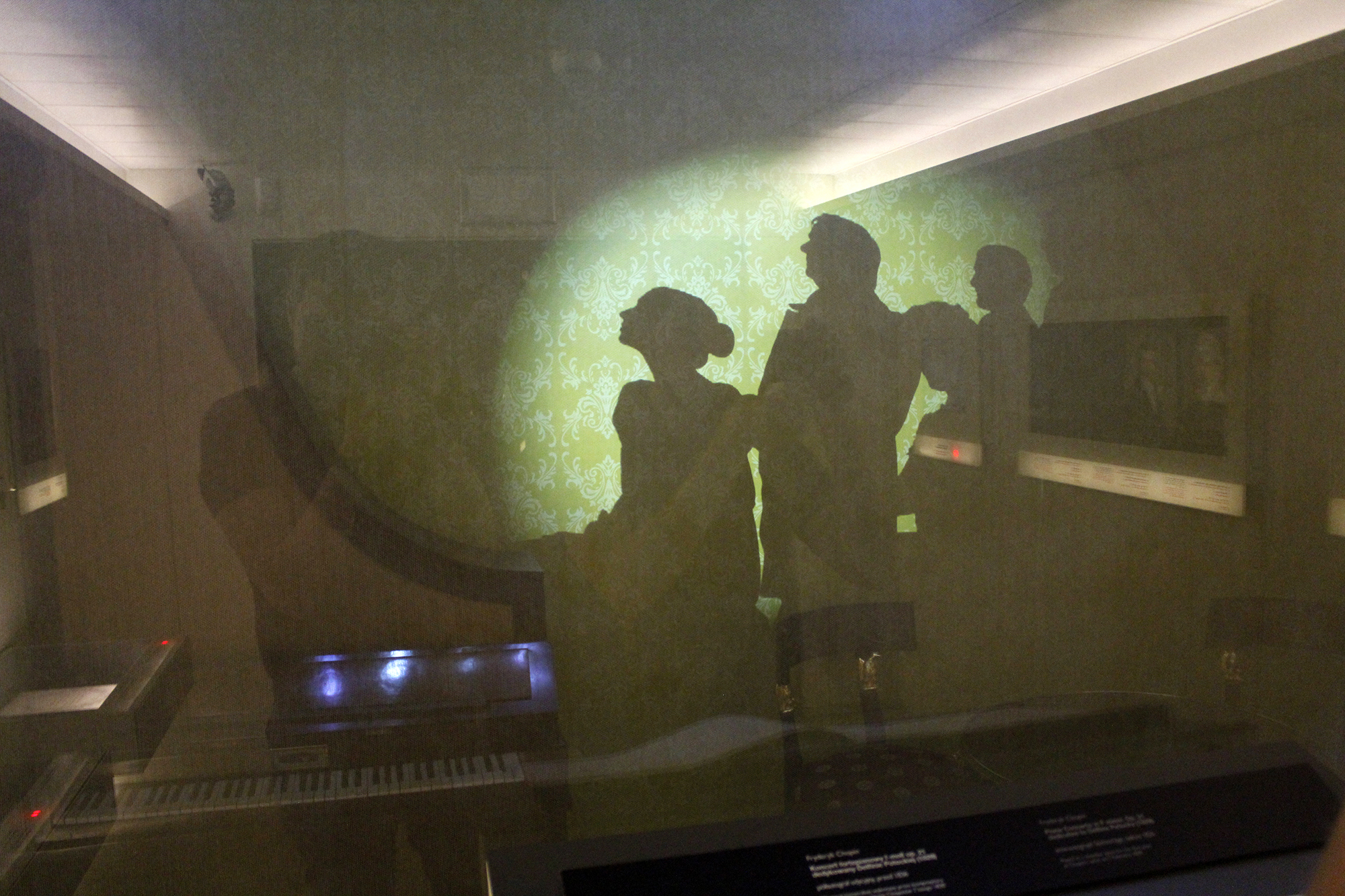
When introducing the technological component into the exhibition, it is especially important to preserve museum identity, as in an attempt to develop a “game”, a “film”, and a “virtual reality program” just because it is “technologically advanced”, the museum enters the field of larger players in the film and game industry, and inevitably loses on it having often more modest financial opportunities. Therefore, it is necessary not to get involved in technologies just because it is fashionable, but to consider them precisely in the context of how they can improve the perception of an object and a topic of the exhibition, and always remember its identity and visitor.



